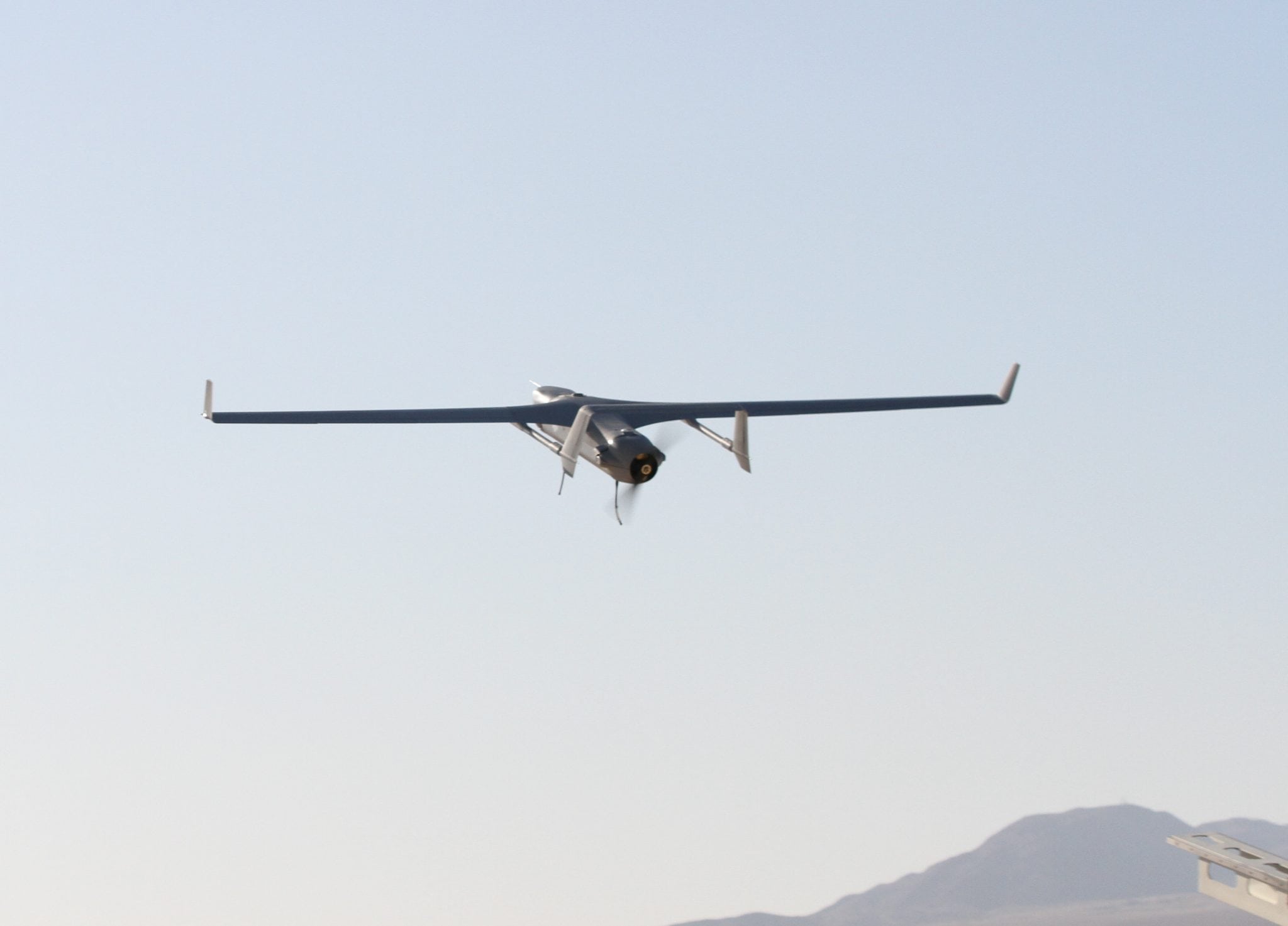Insitu recently completed the first test flight of the RQ-21A unmanned aircraft system (UAS), the company announced Monday.
 (RQ-21A UAS)
(RQ-21A UAS)
The test flight occurred at an Insitu facility in Oregon as part of the 27-month engineering, manufacturing and development (EMD) phase of the U.S. Navy and U.S. Marine Corps Small Tactical Unmanned Aircraft System (STUAS) Integrator program. The STUAS was awarded to Insitu in 2010, and Marines are currently training with the Integrator UAS, the modular version of the RQ-21A which was specifically designed for testing.
“The government-industry team that achieved the successful first flight of RQ-21A is absolutely dedicated to delivering the best technology to the warfighter,” said Ryan Hartman, senior vice president of Integrator programs at Insitu.
The Navy will consider purchasing a low-rate initial production (LRIP) version of the RQ-21A at the end of the EMD phase.
The RQ-21A weighs 135 lbs., a significant weight increase over the Insitu ScanEagle UAS, which was used extensively in the wars in Afghanistan and Iraq. Insitu said the RQ-21A builds off the ScanEagle design principles.
“First flight of the RQ-21A marks the start of a very fast paced integrated Developmental & Operational test period, which begins at NAS China Lake later this month. The Insitu/Government team is very excited and motivated to deliver the first expeditionary, multi-intelligence UAS to the Navy and Marine Corps in this class. The organic ISR capability this UAS will provide to the Marine Air Ground Task Force (MAGTF) will be a huge enabler for our Marine Expeditionary Units (MEU) and the Navy & Marine Corps team afloat,” said Colonel James E. Rector, program manager for USMC.